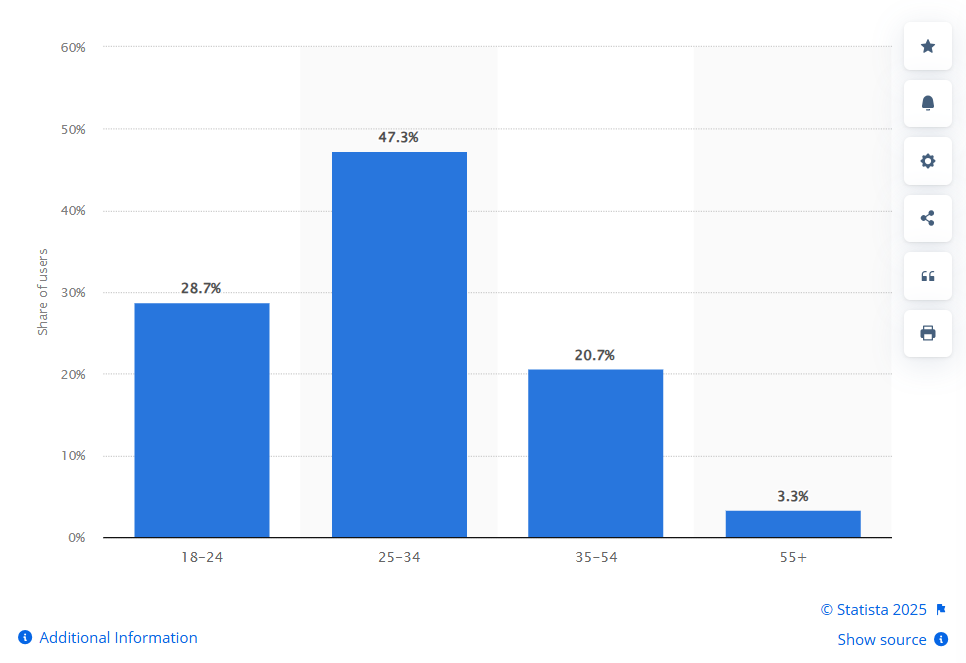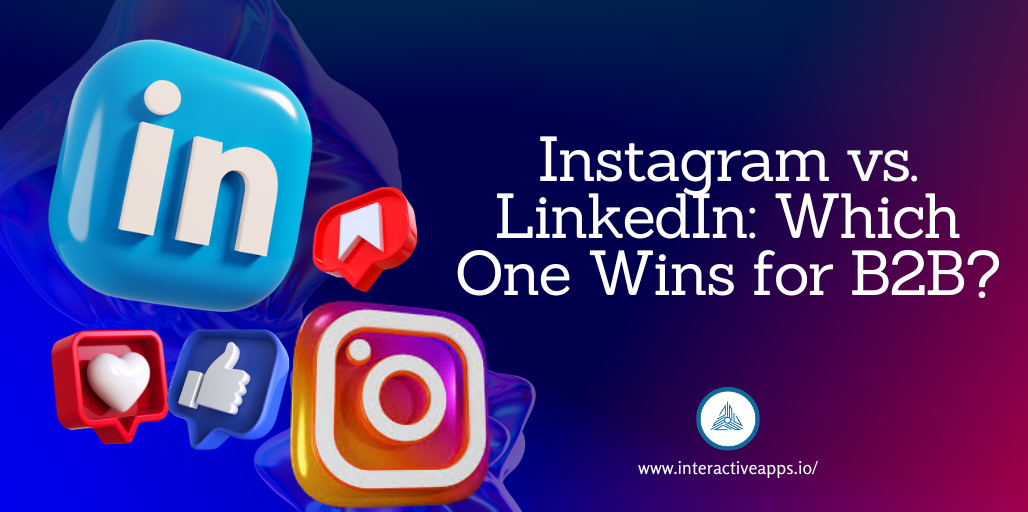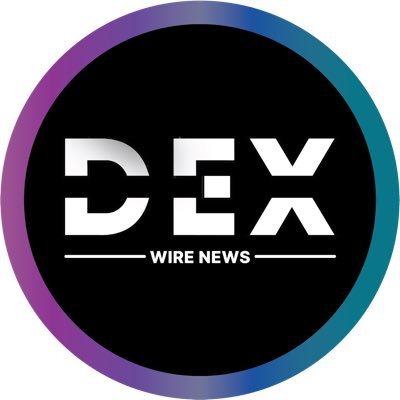In the world of social media, two platforms are standing on very different ends of the business spectrum—Instagram and LinkedIn. One is visual, full of color, reels, and trends. The other is a bit more serious, focused on resumes, white papers, and work updates.
For B2B (business-to-business) marketing, the conversation has always tilted toward LinkedIn. It has the reputation, the user base, and the resume-style credibility. But now Instagram is making noise, especially as younger decision-makers take the reins and as visual content becomes more dominant across industries.
So the question isn’t just about which platform is more popular. It’s about where real engagement happens, where deals start, and where brands can build the strongest presence in the B2B world.
Let’s unpack that.
What B2B Really Needs from Social Media
Before we get into the numbers and trends, it’s important to know what B2B companies actually need from a social platform:
- Visibility to the right people
- Trust and credibility
- Lead generation
- A chance to show expertise and value
- Clear ROI
Not every platform is made for all five. That’s why the B2B conversation can’t be had without looking at strategy, audience behavior, and actual business results.
User Demographics: Who’s Actually There?
LinkedIn’s User Base
LinkedIn had over 1 billion members in 2025. Around 65 million of them are decision-makers, and 180 million are senior-level influencers. That matters. This platform was built for professionals. From the intern to the CEO, the user mindset here is tilted toward work, growth, and business.
According to Statista, nearly 43.3% of LinkedIn users are between 25 and 34, which is the sweet spot for rising professionals—people who are leading teams, managing budgets, and influencing buying decisions.

Instagram’s User Base
Instagram passed 2.5 billion users in early 2025. While it’s known for selfies and lifestyle content, it’s also home to a fast-growing number of brands that have nailed storytelling, community-building, and product showcases.
About 38% of Instagram users are between 25 and 34, according to DataReportal. That overlaps with LinkedIn’s key audience. Instagram isn’t just reaching teenagers anymore. It’s a place where younger business professionals spend time, follow brands, and discover new tools and solutions.
Here’s the shift: Many B2B decision-makers are now millennials and Gen Z. These groups grew up with Instagram. They’re not only comfortable on the platform—they expect brands to show up there.
Engagement: Where Are People Actually Talking?
LinkedIn has high engagement when it comes to professional content. A 2024 report from Hootsuite showed that LinkedIn drives 277% more leads for B2B brands than Facebook and Twitter combined. That stat doesn’t include Instagram, but LinkedIn’s focus on work-related content makes it easier to capture high-intent leads.
On the flip side, Instagram has higher general engagement. According to Rival IQ’s 2024 Social Media Benchmark Report, the average engagement rate per post on Instagram is 0.60%, while LinkedIn sits at 0.35%.
That might sound small, but in social media, anything over 0.50% is considered good. Instagram beats LinkedIn in this area because its format encourages more likes, shares, and saves—even on business content. Brands using reels, behind-the-scenes videos, or even casual educational posts see huge interaction spikes.
But here’s the twist: not all engagement equals results. Likes are easy. Leads take time.
Content Types: What Works Where?
LinkedIn Content
LinkedIn users love:
- Short insights from professionals
- Carousel posts with tips
- Reports and research summaries
- Success stories
- Company milestones
This platform rewards thought leadership. It’s not about the most beautiful design. It’s about relevance. The more useful the content is, the more people engage.
Native documents (like slide decks or white papers) perform really well. Also, employee advocacy (when staff post about the company on their own profiles) brings in better reach and trust.
Instagram Content
Instagram thrives on:
- Reels (short videos with music, voiceovers, or tutorials)
- Behind-the-scenes company culture
- Product demos
- Client shoutouts
- Live Q&A sessions
Instagram’s algorithm loves motion and emotion. Brands that show the human side of business—the faces, the stories, the moments—often build loyal followings.
More B2B companies are creating “edutainment” content. Think about a cybersecurity firm showing common email scams in reel format or a logistics startup using stories to show how orders are packed and delivered.
Lead Generation: Who’s Bringing in Business?
According to HubSpot’s 2024 State of Marketing report, 82% of B2B marketers say LinkedIn is their most effective platform for lead generation. It has tools built for this, like lead gen forms, connection targeting, and CRM integrations.
When someone sees a whitepaper ad on LinkedIn, they’re more likely to download it because their mindset is already in “work mode.”
Instagram, however, plays a longer game. It’s less about instant lead capture and more about brand discovery and community building. A McKinsey report from late 2024 found that 48% of B2B buyers use Instagram to research brands before making contact. That’s big. It means Instagram is part of the buyer’s journey, even if it’s not closing the deal.
Think of it this way: Instagram is the storefront window. LinkedIn is the business meeting inside.
Ads: Where Do Budgets Go Further?
Advertising costs vary, but here’s what marketers reported in early 2025:
- LinkedIn’s average cost per click (CPC): around $5.26
- Instagram’s average CPC: about $1.45
That’s a big difference. Instagram is cheaper. But cheaper doesn’t always mean better.
LinkedIn’s targeting options are razor-sharp. You can aim ads at people based on job title, industry, seniority, and even specific companies. That’s powerful when you’re selling enterprise software or a niche solution.
Instagram’s ad targeting is improving, especially with Meta’s machine learning upgrades, but it’s still less precise for B2B. That said, brands using Instagram ads creatively (think storytelling series, testimonial reels, or customer spotlights) are seeing solid returns—especially in industries like SaaS, marketing, and e-commerce infrastructure.
Trust Factor: Where Do People Believe What They See?
Trust is everything in B2B. People don’t buy software, systems, or services without believing in the brand.
LinkedIn has the advantage here. It’s a space built on credibility. Seeing a founder post insights or a team share a product update builds instant trust.
Instagram is trickier. It’s visual-first, and people know it can be curated or overproduced. But it also gives brands a chance to show transparency. User-generated content, customer stories, and raw behind-the-scenes videos help make companies feel more human.
According to Edelman’s 2024 Trust Barometer, 71% of B2B buyers trust a brand more after seeing personal or behind-the-scenes content—and that’s exactly where Instagram can shine.
B2B Use Cases: Who’s Winning on Each Platform?
LinkedIn Success Stories
- Salesforce: Dominates with leadership posts, industry stats, and event promotion.
- Microsoft: Leverages employee stories and product announcements.
- HubSpot: Shares tips, short guides, and podcast clips that drive real conversation.
Instagram Success Stories
- Canva for Teams: Uses reels and carousels to teach design skills for business.
- Notion: Shares workflows, customer stories, and tips in short, visual formats.
- Shopify: Highlights partner businesses, tools, and success stories in eye-catching ways.
Both platforms can work—it depends on how the brand shows up.
Strategy Isn’t About Choosing One. It’s About Using Both.
If you’re running B2B marketing in 2025, picking Instagram or LinkedIn isn’t the move. It’s about knowing what each one can do—and using them together.
LinkedIn:
- Build authority
- Capture leads
- Share expertise
- Grow professional network
Instagram:
- Show personality
- Drive awareness
- Build community
- Humanize the brand
Think of LinkedIn as the boardroom. Think of Instagram as the coffee shop conversation afterward. They serve different purposes, but both matter when building a brand that connects and converts.
So, Who Wins?
There’s no clear winner. Just a smarter way to play the game.
If you’re selling high-ticket B2B services, LinkedIn needs to be in your toolkit. The targeting, credibility, and professional intent are unmatched.
But if you’re trying to reach the next generation of buyers, build brand love, and show what your company really stands for, Instagram can’t be ignored.
B2B isn’t boring anymore. It’s visual. It’s human. And it’s happening across platforms. The ones who understand that are already ahead.



